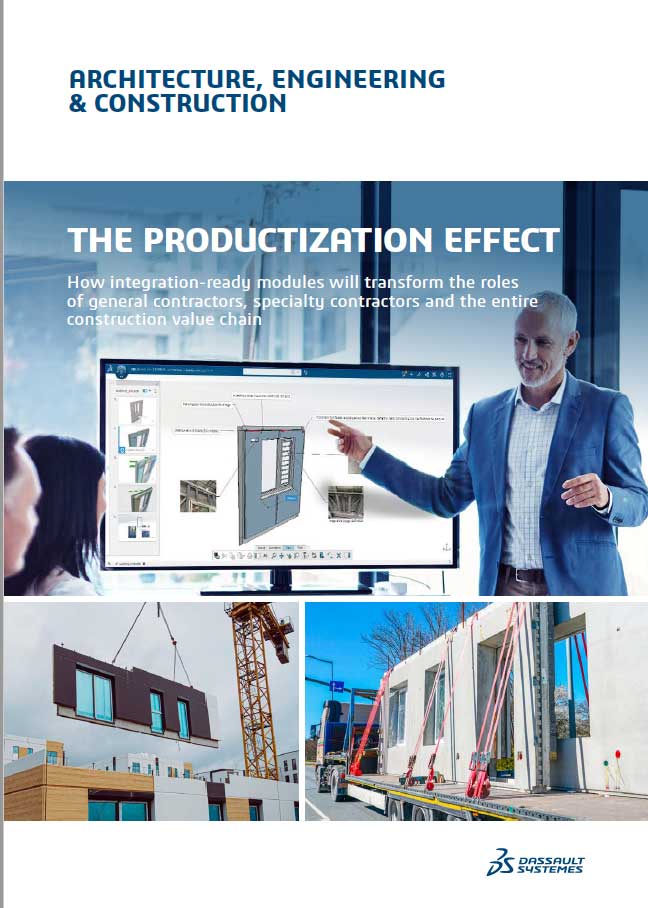A modular approach to building design offers a high degree of configurability. It also enables the engineering of building systems outside of a project cycle, increasing scalability and cost efficiency. Virtual construction twin enables a construction project team to develop integration ready modules for this new approach. They include standardized interfaces, multi-trade assemblies, and generative variants.
THE 3 ELEMENTS OF INTEGRATION-READY MODULES
Generative Design Offers Variability
Recall that one critical difference between designing a car and designing a building is that a building’s shape must evolve drastically from one project to the next due to site constraints and project-specific requirements, whereas a car’s shape, size and purpose are relatively fixed.
Automotive manufacturers can spend billions of dollars to engineer and virtualize automotive production methods to strengthen process efficiency. To date, the required investment has not been cost effective for singular construction projects that may last 18 to 48 months. The time required to virtualize the process and optimize assembly has not been compatible with the payoff.
This is where generative design becomes essential. The design tool manages engineering limits while allowing for flexibility in the modular approach.
Generative designs can be simulated faster than real time due to concurrent simulation. In addition, this process automatically generates the full level of detail required to adequately simulate performance or perform construction virtually. The generated design reflects the level of detail required for constructability analysis and even procurement lists, bill of materials (BOMs) and manufacturing instructions.
Together, modularity and generative design create variability allowed by geometric changes in the end shape. In fact, because end-product geometry is not standardized, this modular approach can ultimately provide a net increase in overall creativity in tandem with a marked increase in constructability. Through the application of generative design, a tailor-made shape can be built using standard components made of integration-ready modules selected from product libraries.
Learn more about what productization means for the construction industry in our white paper.

This article is excerpted from THE PRODUCTIZATION EFFECT: How integration-ready modules will transform the roles of general contractors, specialty contractors and the entire construction value chain. This white paper maps the path to productization and defines how general contractors, specialty contractors and the entire construction value chain can leverage virtual twins on an end-to-end collaboration platform, transcend the limitations of classic industrialization and leapfrog to personalized construction.
RELATED LINKS
- Dassault Systèmes Construction Solutions
- Dassault Systèmes Building Solutions
- Integrated Built Environment for collaboration& project management
- Building Design for Fabrication for digital continuity
- How to Accelerate Next Gen Data Center Innovation
- Build Smarter and Greener for Sustainable Construction

